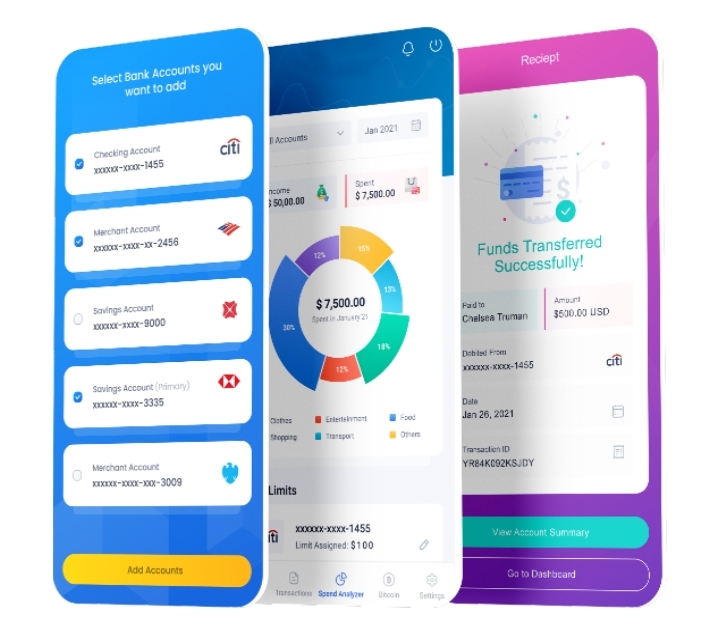
The digital era has brought about a significant shift in how businesses develop and deploy software. Traditional coding methods, while powerful, are often time-consuming, resource-intensive, and require specialized skills. In response to these challenges, low-code platforms for application development have emerged as a transformative solution, enabling organizations to build applications faster, with greater efficiency, and with fewer resources.
The Low-Code Advantage
Low-code platforms offer a visual approach to application development, allowing users to create applications through drag-and-drop interfaces, pre-built components, and minimal hand-coding. This approach drastically reduces the time and complexity involved in developing software, making it accessible to a broader range of users, including those without extensive coding experience.
The primary advantage of low-code platforms lies in their ability to accelerate the development process. By automating many of the repetitive and time-consuming tasks associated with coding, these platforms enable developers to focus on higher-level design and functionality. This speed is critical in today’s fast-paced business environment, where the ability to quickly bring new applications to market can be a key competitive advantage.
Moreover, low-code platforms promote greater collaboration between IT and business teams. By providing a common platform where both technical and non-technical stakeholders can contribute, these platforms help ensure that the final product aligns closely with business needs and objectives.
Empowering Enterprise Application Development
The complexities of enterprise application development often require a delicate balance between customization, scalability, and security. Traditional development methods can be slow and costly, often leading to delays in deployment and missed business opportunities. However, enterprise application development platforms that leverage low-code technology are changing this dynamic.
Low-code platforms offer enterprises the flexibility to develop highly customized applications that meet specific business requirements while maintaining the scalability and security needed for large-scale deployment. These platforms provide tools for rapid prototyping, iterative development, and continuous delivery, enabling organizations to adapt quickly to changing market conditions and customer needs.
One of the key benefits of using low-code platforms in enterprise settings is the ability to integrate with existing systems seamlessly. This integration capability is crucial for organizations looking to modernize their IT infrastructure without disrupting ongoing operations. By connecting new applications with legacy systems, low-code platforms help businesses create a cohesive digital ecosystem that supports their long-term growth and innovation strategies.
The Role of Low-Code in Legacy Application Modernization
Legacy systems, while often stable and reliable, can become a significant barrier to innovation. These systems are typically built on outdated technologies, making them difficult to maintain, upgrade, or integrate with modern solutions. Legacy application modernization with low-code platforms offers a practical approach to overcoming these challenges.
Low-code platforms enable organizations to modernize their legacy applications incrementally, reducing the risk associated with large-scale system overhauls. By enhancing existing systems with new features, improving user interfaces, and integrating them with modern technologies, businesses can extend the life of their legacy applications while gradually transitioning to a more modern IT environment.
The incremental approach offered by low-code platforms allows organizations to maintain business continuity while modernizing their systems. This is particularly important for industries such as finance, healthcare, and government, where downtime can have significant consequences. By leveraging low-code platforms, these organizations can ensure a smooth transition to modern applications without disrupting critical operations.
Additionally, low-code platforms provide advanced integration capabilities, making it easier to connect legacy systems with cloud-based solutions, third-party services, and modern applications. This integration is essential for creating a unified IT infrastructure that supports the organization’s digital transformation goals.
Best Practices for Using Low-Code Platforms
To maximize the benefits of low-code platforms, it’s important to approach their implementation with a strategic mindset. Here are some best practices to consider:
- Define Clear Objectives: Start by defining clear business objectives for the applications you plan to develop. Understanding the specific goals you want to achieve will guide your development process and ensure that the final product delivers the desired value.
- Engage Stakeholders Early: Involve both IT and business stakeholders from the beginning to ensure that the platform selection and development process align with overall business goals.
- Start with Small Projects: Begin by developing smaller, less critical applications to gain experience with the platform. As your team becomes more comfortable, you can gradually take on more complex projects.
- Prioritize Security: While low-code platforms simplify development, it’s essential to implement robust security measures to protect sensitive data and ensure compliance with regulatory requirements.
- Focus on User Experience: Design applications with the end-user in mind. A well-designed user interface can significantly enhance user satisfaction and drive higher adoption rates.
- Continuous Improvement: Low-code platforms are continuously evolving, so it’s important to stay updated on the latest features, best practices, and trends. Encourage your team to engage in continuous learning and improvement to get the most out of the platform.
The Future of Low-Code in Application Development
The future of application development is undoubtedly intertwined with the evolution of low-code platforms. As these platforms continue to integrate advanced technologies such as artificial intelligence, machine learning, and automation, they will become even more powerful tools for businesses looking to innovate and stay competitive.
In the coming years, we can expect low-code platforms to play a central role in the digital transformation of organizations across all industries. By enabling rapid development, reducing costs, and fostering greater collaboration between IT and business teams, these platforms will help businesses navigate the challenges of the digital age with greater agility and efficiency.
Furthermore, as more organizations embrace low-code platforms, we will likely see an increase in the number of applications developed in-house, rather than relying on third-party vendors. This shift will give businesses greater control over their software development processes and enable them to tailor applications more closely to their unique needs.
conclusion
low-code platforms for application development are revolutionizing the way businesses create and deploy software. By simplifying the development process, enhancing collaboration, and enabling faster time-to-market, these platforms are helping organizations accelerate their digital transformation and achieve their business goals more effectively.